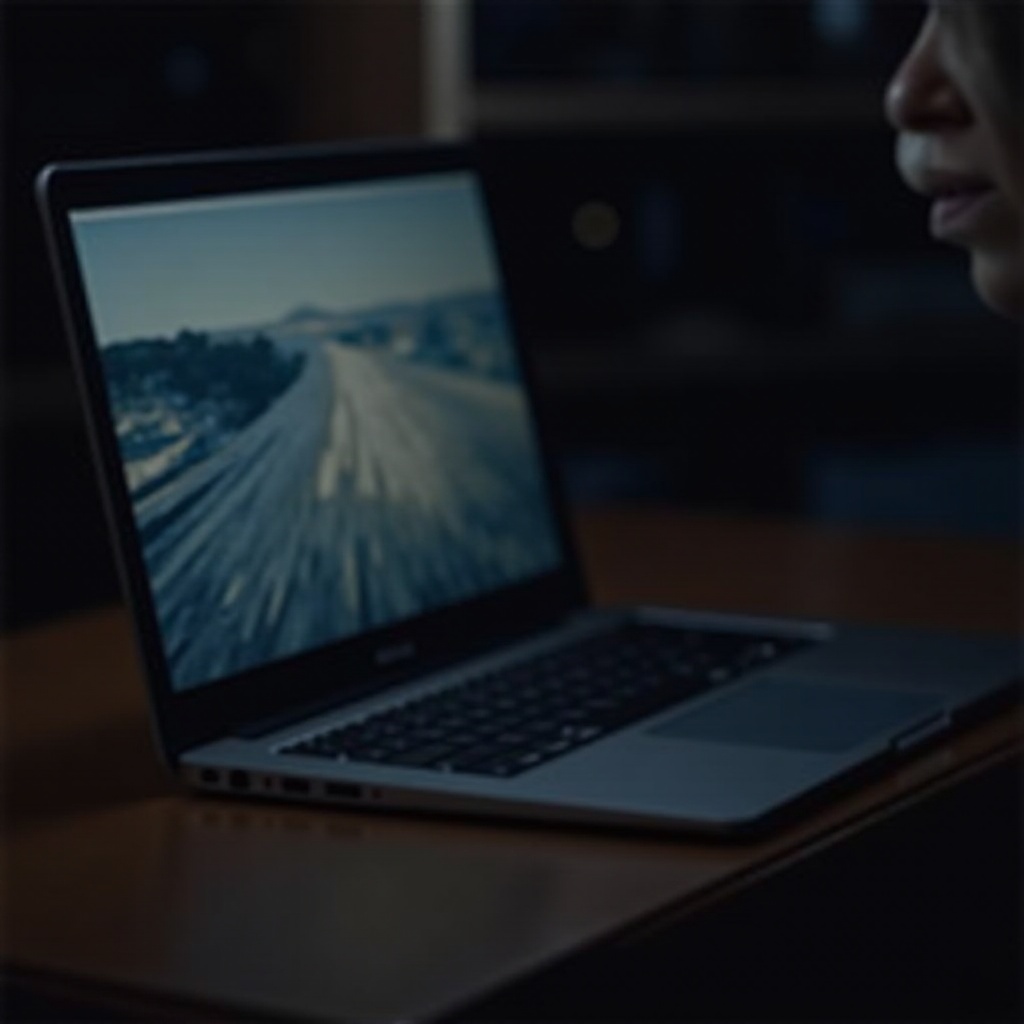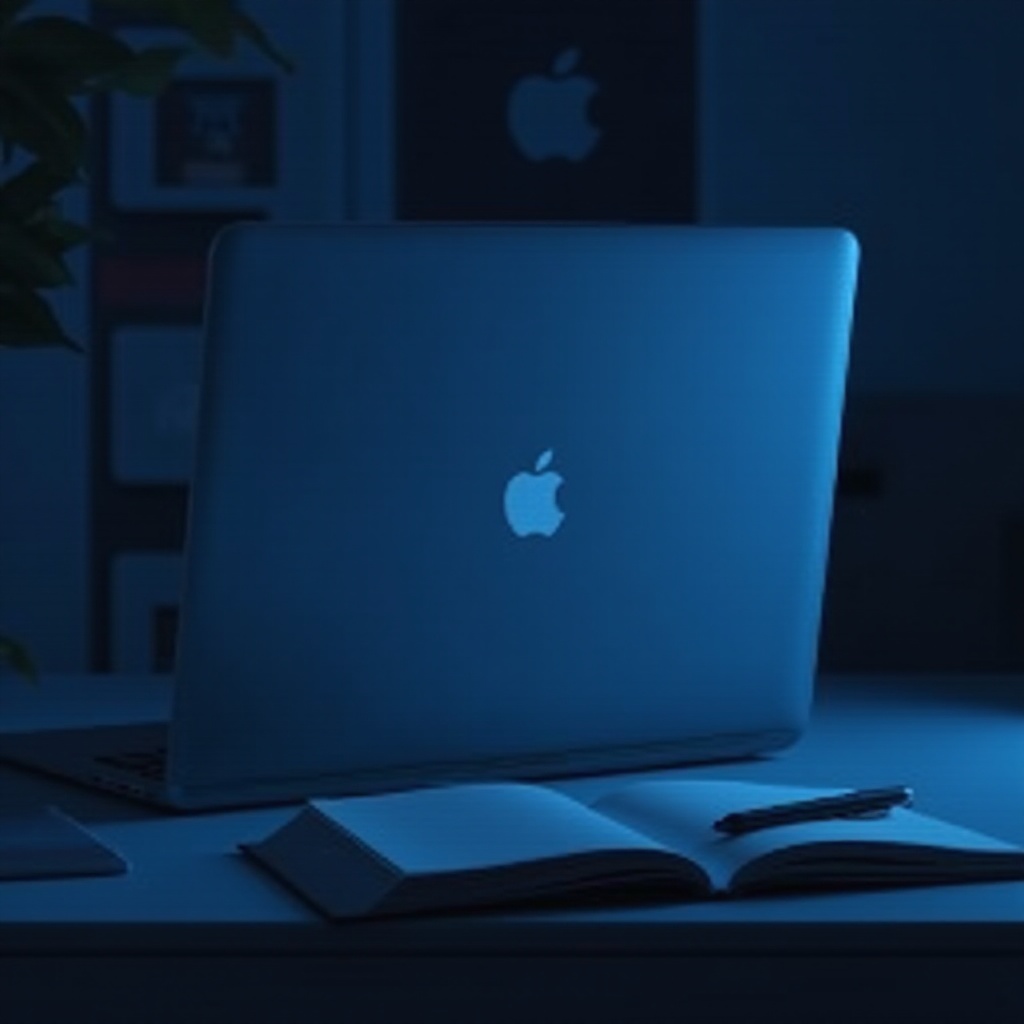Introduction
A dependable MacBook exhibiting unusual behaviors, such as a failure to enter or remain in sleep mode, can escalate from minor inconvenience to major distraction. These issues not only disrupt productivity but also put your device’s longevity at risk. Identifying the root of these malfunctioning instances is crucial for effective troubleshooting. By rectifying these problems, you can enhance performance and extend your Mac’s life.
Designed to conserve energy, Mac’s sleep mode also allows certain background tasks to continue operation. However, a blend of software and hardware complications can disrupt its functionality. Before diving into detailed troubleshooting, it’s essential to grasp the basics of sleep mode in your MacBook. This knowledge empowers you to recognize symptoms and confidently address these challenges.

Understanding MacBook Sleep Mode
A MacBook’s sleep mode is a power-efficient state designed to minimize energy use while maintaining the current status of your system. Sleep mode powers down the display and other hardware elements, placing them into a low-energy state, allowing users to swiftly resume tasks without fully rebooting their device.
Entering sleep mode can be both automatic and manual, contingent on your predefined settings. Any disruptions in this process may arise from faulty components or incorrectly configured software settings. Recognizing the symptoms of sleep mode irregularities becomes vital to diagnosing the core issue.
Common Symptoms of Sleep Mode Issues
MacBooks facing sleep mode challenges may display several indicative symptoms, which are helpful in tracing potential causes:
- The display remains on after closing the lid: A clear indication that your Mac is not transitioning into sleep mode.
- Frequent waking up: Uncontrolled wake-ups lead to battery depletion and interruptions.
- Unresponsive sleep button: Standard shortcuts or the power button might fail to activate the intended sleep mode.
Understanding these symptoms enables you to ascertain whether the issue lies within the software or hardware realm. Depending on your observations, focus can be directed to specific areas for effective troubleshooting.

Software-Related Causes and Fixes
Frequent misbehaviors in sleep mode settings are often linked to software-related anomalies. Here’s an in-depth exploration of potential causes and their solutions.
Application Interference
Applications running in the background can impede your Mac’s sleep function. These apps might continue executing tasks that obstruct the sleep process.
- Solution: Verify any active applications in the background. Utilize Activity Monitor to pinpoint processes and terminate unnecessary ones, especially if they heavily utilize the CPU.
System Preference Settings
Misconfigured Energy Saver preferences can significantly affect sleep mode.
- Solution: Visit System Preferences > Energy Saver. Inspect settings for both battery and power adapter operations. Ensure that options like ‘Prevent computer from sleeping automatically when the display is off’ are unchecked.
macOS Updates
Sleep problems might also stem from outdated software or glitches in newer updates.
- Solution: Keep your macOS current. Check for available updates by navigating to System Preferences > Software Update. Refreshing your software might alleviate glitches affecting sleep mode functionality.
Upon addressing software-related interventions, it’s critical to evaluate any hardware concerns contributing to sleep mode problems.
Hardware-Related Causes and Fixes
When software modifications prove insufficient, investigating hardware malfunctions becomes imperative. Here’s a breakdown of potential hardware hindrances and resolutions.
Peripheral Device Issues
External devices can occasionally block a MacBook from entering sleep mode.
- Solution: Disconnect all peripherals, including USB drives, monitors, and adapters. Should the problem resolve, reconnect devices one by one to pinpoint the culpable hardware.
Battery and Power Adapter Problems
Compromised batteries or power adapters might disrupt sleep mode.
- Solution: Cross-test your Mac with another compatible power adapter to determine if the problem persists. Examine the battery’s health through System Information > Power.
Internal Hardware Malfunctions
Internal defects, possibly in the logic board or sensors, could be attributive.
- Solution: Test for internal hardware issues by resetting the System Management Controller (SMC) or reviewing for Mac-specific hardware faults. If ineffective, professional evaluations might be necessary.
Once hardware-related aspects are managed, advanced troubleshooting might further mitigate persistent sleep mode complications.
Advanced Troubleshooting Techniques
For relentless issues, more intricate diagnostic and troubleshooting methods may be essential.
Resetting SMC and NVRAM
SMC and NVRAM oversee many power-associated functions on a MacBook.
- How-To: Follow Apple’s guide tailored for your Mac model to reset SMC/NVRAM. This simple procedure can resolve several power management inconsistencies.
Using Terminal Commands for Diagnostics
Terminal commands offer insight into processes interrupting sleep mode.
- How-To: Open Terminal and execute
pmset -g assertionsfor a list of sleep-blockers. Review these processes to make suitable amendments or closures.
These advanced tactics are the closing steps before engaging professional assistance. Persistent sleep issues might necessitate specialized expertise.
When to Seek Professional Help
If your MacBook’s sleep dilemmas persist after employing these troubleshooting strategies, consider consulting an expert. Continuous hardware issues or intricate software complications often require professional inspection. Authorized service centers can provide comprehensive diagnostics to pinpoint the exact cause and suggest optimal solutions.

Conclusion
MacBook sleep mode complications can result from myriad software and hardware origins. By systematically identifying symptoms, investigating common causes, and applying the discussed solutions, most sleep issues can be efficiently remedied. Whether adjustments are simple or require specialized intervention, choosing the appropriate measures ensures your Mac retains peak performance.
Frequently Asked Questions
Why does my MacBook Pro stay on when I close the lid?
Apps or settings might prevent sleep upon closing the lid. Check Energy Saver settings and running background processes to identify the disruption.
What’s the difference between sleep and shutdown on a Mac?
Sleep mode saves state with low power use; wake is rapid. Shutdown closes all apps and powers off, requiring a full start-up with more energy.
How can I check which apps prevent my Mac from sleeping?
Use Terminal command `pmset -g assertions` to list active processes preventing sleep. Review and manage unwanted applications or settings accordingly.
